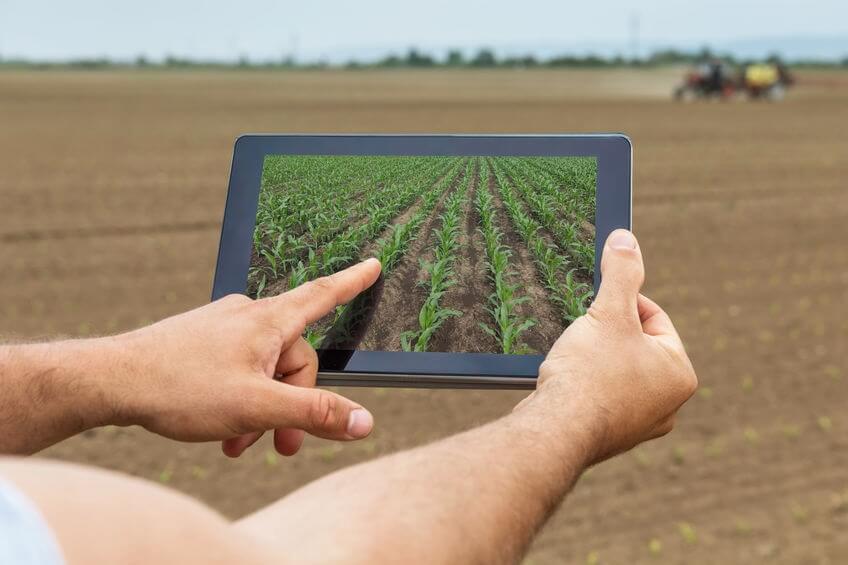Machine Learning in Crop Yield Prediction

Crop yield prediction is a critical task for farmers, agricultural researchers, and policymakers. It is used to make informed decisions about planting, irrigation, and pest management, and to forecast food production and prices. Traditionally, crop yield prediction has been based on historical weather data and crop models. However, these methods are often limited by the availability of data and the accuracy of the models.
Machine learning (ML) is a rapidly growing field of artificial intelligence that offers new opportunities for crop yield prediction. ML algorithms can learn from data to identify patterns and relationships that can be used to predict crop yields. This can be done at a variety of scales, from individual fields to entire regions.
ML-based crop yield prediction systems have several advantages over traditional methods. First, they can use a wider range of data sources, including satellite imagery, soil data, and weather data. This allows them to make more accurate predictions in a variety of conditions. Second, ML algorithms can be trained to learn from historical data that is noisy or incomplete. This is important for crops that are subject to pests, diseases, and other environmental factors. Third, ML algorithms can be continuously updated with new data, which allows them to keep up with changing conditions.

A number of studies have demonstrated the potential of ML for crop yield prediction. For example, a study by the University of Nebraska-Lincoln found that an ML model was able to improve the accuracy of crop yield predictions by up to 10% over traditional methods. Another study by the University of California-Davis found that an ML model was able to predict crop yields up to six months in advance.
ML-based crop yield prediction systems are still under development, but they show great promise for improving the accuracy and timeliness of crop yield forecasts. This information can be used to improve agricultural productivity, reduce food insecurity, and mitigate the effects of climate change.
How does machine learning work for crop yield prediction?

Machine learning algorithms learn from data to identify patterns and relationships that can be used to predict crop yields. This can be done in a variety of ways, but some of the most common techniques include:
- Regression: Regression algorithms are used to predict a continuous value, such as crop yield. They do this by fitting a line or curve to the data, and then using the equation of the line or curve to predict future values.
- Classification: Classification algorithms are used to predict a categorical value, such as the type of crop that will be grown in a field. They do this by creating a model that assigns each data point to a class, and then using the model to predict the class of new data points.
- Clustering: Clustering algorithms are used to group data points together that are similar to each other. This can be used to identify patterns in the data, and to find outliers that may be worth investigating further.
ML algorithms can be trained on a variety of data sources, including:

- Historical weather data: Weather data can be used to predict the conditions that will be conducive to crop growth. This information can be used to make decisions about planting, irrigation, and pest management.
- Satellite imagery: Satellite imagery can be used to track the growth of crops and to identify areas that are experiencing stress. This information can be used to adjust irrigation and fertilization practices, and to identify areas that are at risk of crop failure.
- Soil data: Soil data can be used to assess the fertility of the soil and to identify areas that are prone to erosion. This information can be used to improve crop yields and to reduce the risk of soil degradation.
What are the benefits of using machine learning for crop yield prediction?
There are a number of benefits to using machine learning for crop yield prediction, including:

- Improved accuracy: ML algorithms can learn from data to identify patterns and relationships that can be used to improve the accuracy of crop yield predictions. This can be especially important in cases where traditional methods are limited by the availability of data or the accuracy of the models.
- Greater timeliness: ML algorithms can be continuously updated with new data, which allows them to keep up with changing conditions. This is important for crops that are subject to pests, diseases, and other environmental factors.
- Reduced costs: ML algorithms can be used to automate tasks that would otherwise be done manually, which can reduce the costs of crop production.
- Increased sustainability: ML algorithms can be used to identify practices that can improve crop yields and reduce the risk of crop failure. This can help to make agriculture more sustainable and resilient to climate change.
What are the challenges of using machine learning for crop yield prediction?
There are a number of challenges to using machine learning for crop yield prediction, including:


- Data availability: The availability of data is a major challenge for ML-based crop yield prediction systems. In some cases,
Post a Comment